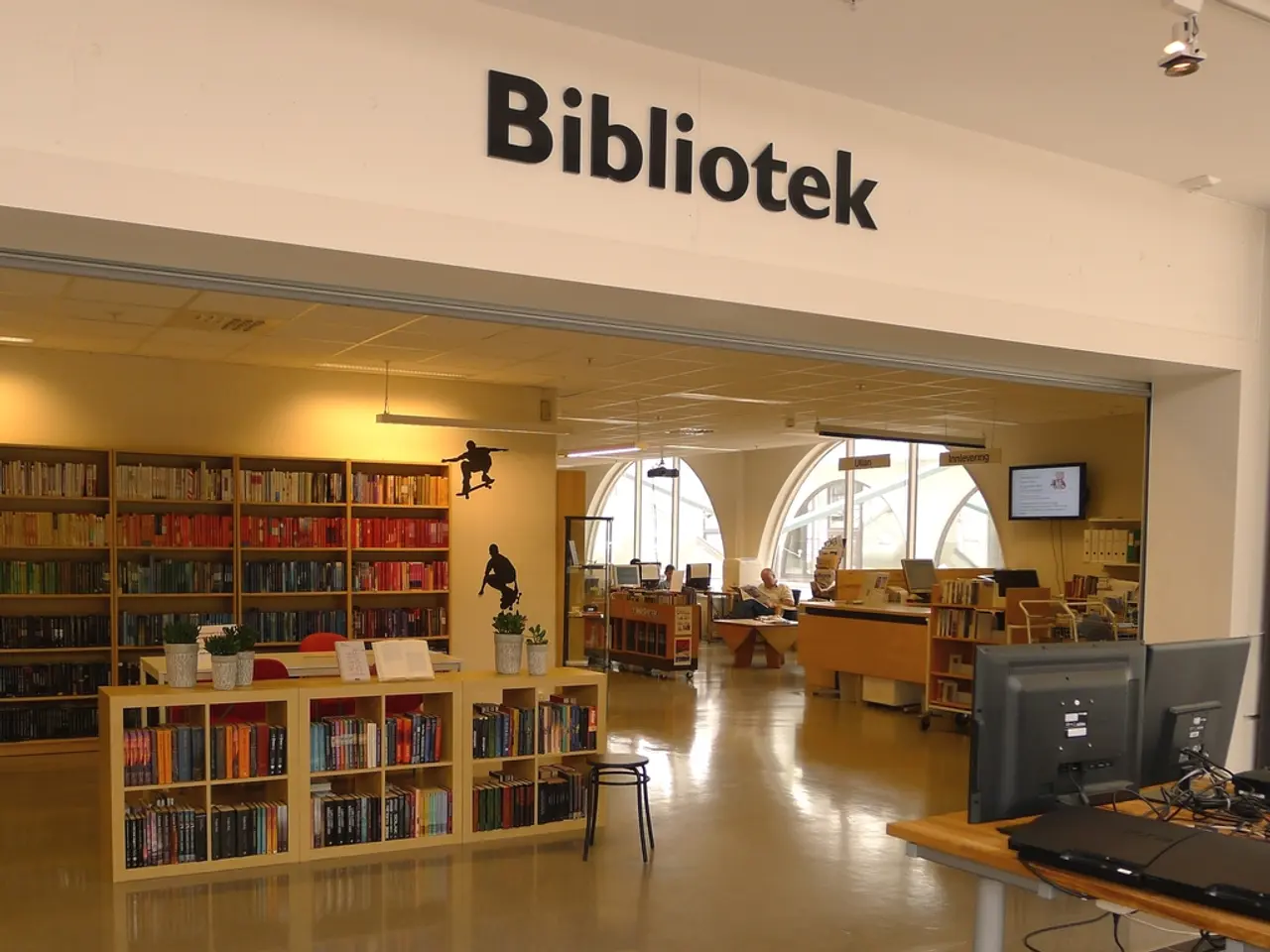ODBC: The Staple of Database Communication for Decades
Open Database Connectivity (ODBC) has been a staple in database communication for decades. It offers simplicity, flexibility, and interoperability, enabling applications to interact with diverse databases. Let's delve into the advantages, components, and evolution of ODBC.
ODBC's primary advantage lies in its ability to translate application calls into SQL commands that target databases can process. This translation allows applications to communicate with various databases using a unified approach.
ODBC consists of four key components: the Application, Driver Manager, Driver, and Data Source. The Application interacts with users, the Driver Manager handles communication with the Driver, and the Driver translates calls into SQL commands. The Data Source specifies the database to connect to.
ODBC's origins trace back to the SQL Access Group in the early 1990s, which aimed to standardize communication between applications and databases. Over time, alternatives like OLE DB, ADO.NET, and Embedded SQL have emerged, each offering unique features.
The JDBC-ODBC bridge, once popular, was eventually deprecated due to performance issues and the growing compatibility of JDBC, which is tailored for Java applications. ODBC, however, remains widely used, particularly in Windows applications.
ODBC's simplicity, flexibility, and interoperability continue to make it a valuable tool for database communication. Its four-component structure enables seamless integration with diverse databases, simplifying development for programmers. While alternatives exist, ODBC's legacy and widespread use ensure its relevance in modern computing.
Read also:
- Minimal Essential Synthetic Intelligences Enterprise: Essential Minimum Agents
- Tesla is reportedly staying away from the solid-state battery trend, as suggested by indications from CATL and Panasonic.
- UK automaker, Jaguar Land Rover, to commit £500 million for electric vehicle manufacturing in Merseyside
- Agroforestry Carbon Capture Verified Through Digital Measurement and Verification Process







